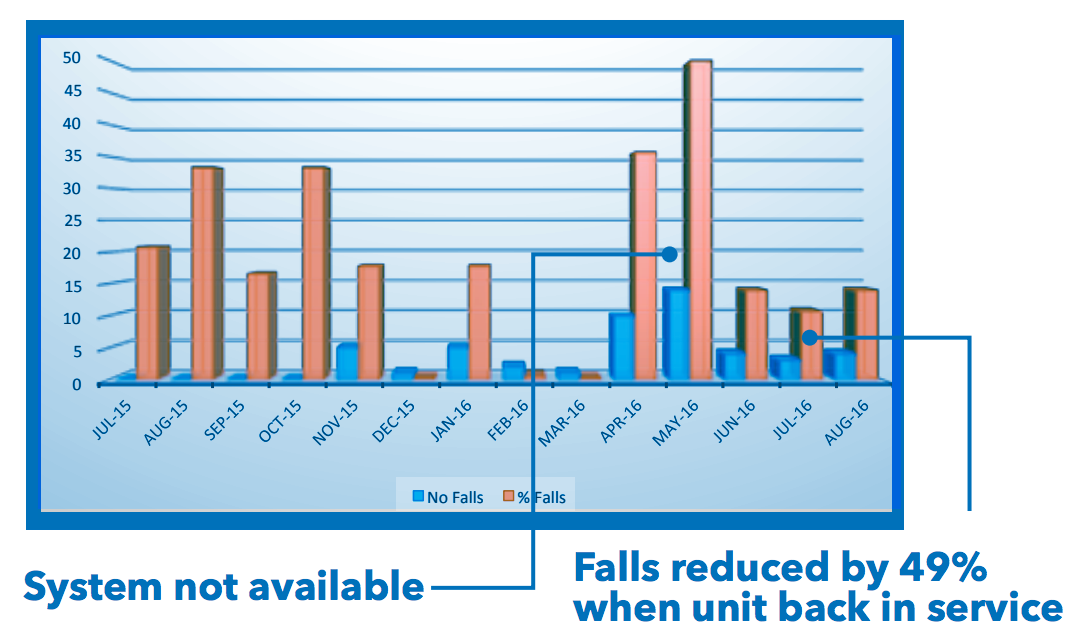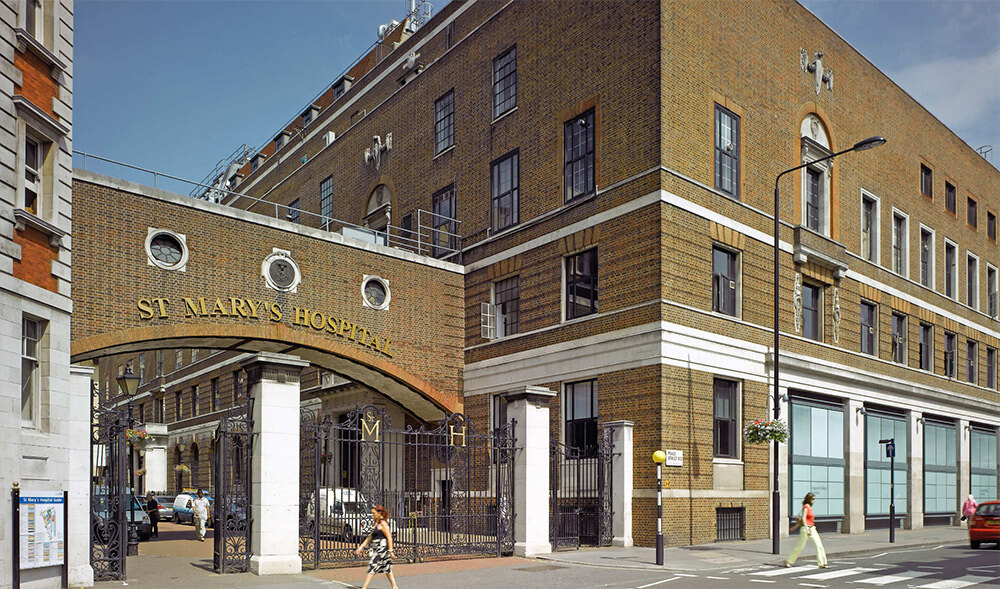The Solution
There was no stimulation, they are in a very strange environment, unfamiliar, with no familiar faces, it is a very scary place for them, they have a lot of anxiety, a lot of frustration and a lot of aggression and sometimes they just do not know how to deal with the situation they find themselves in.
We have been able to work on the sleep/awake cycle so that they are not sleeping during the day and awake during the night. Stimulation is so important in the daytime, so that they are able to sleep at night. Having patients getting out of bed at night, when lighting is low and often less staffing poses a very high risk of falls. The technology has significantly helped with this level of stimulation.

Albert Ward and multi-disciplinary team
Introduction of My Improvement Network Technology
Falls Data Statistics
| Albert Ward |
24 Patient Capacity |
% |
Comments |
| Jul 2015 |
5 Falls |
20.8 |
|
| Aug 2015 |
8 Falls |
33.3 |
|
| Sept 2015 |
4 Falls |
16.6 |
|
| Oct 2015 |
8 Falls |
33.3 |
|
| Nov 2015 |
5 Falls |
17.8 |
Technology Introduced |
| Dec 2015 |
1 Falls |
0.35 |
|
| Jan 2016 |
5 Falls |
17.8 |
|
| Feb 2016 |
2 Falls |
0.71 |
|
| Mar 2016 |
1 Falls |
0.35 |
|
| Apr 2016 |
10 Falls |
35.7 |
Technology not available for 3 weeks |
| May 2016 |
14 Falls |
50.0 |
Technology not available |
| Jun 2016 |
4 Falls |
14.0 |
Technology re-introduced |
| Jul 2016 |
3 Falls |
10.7 |
|
| Aug 2016 |
4 Falls |
14.0 |
|


